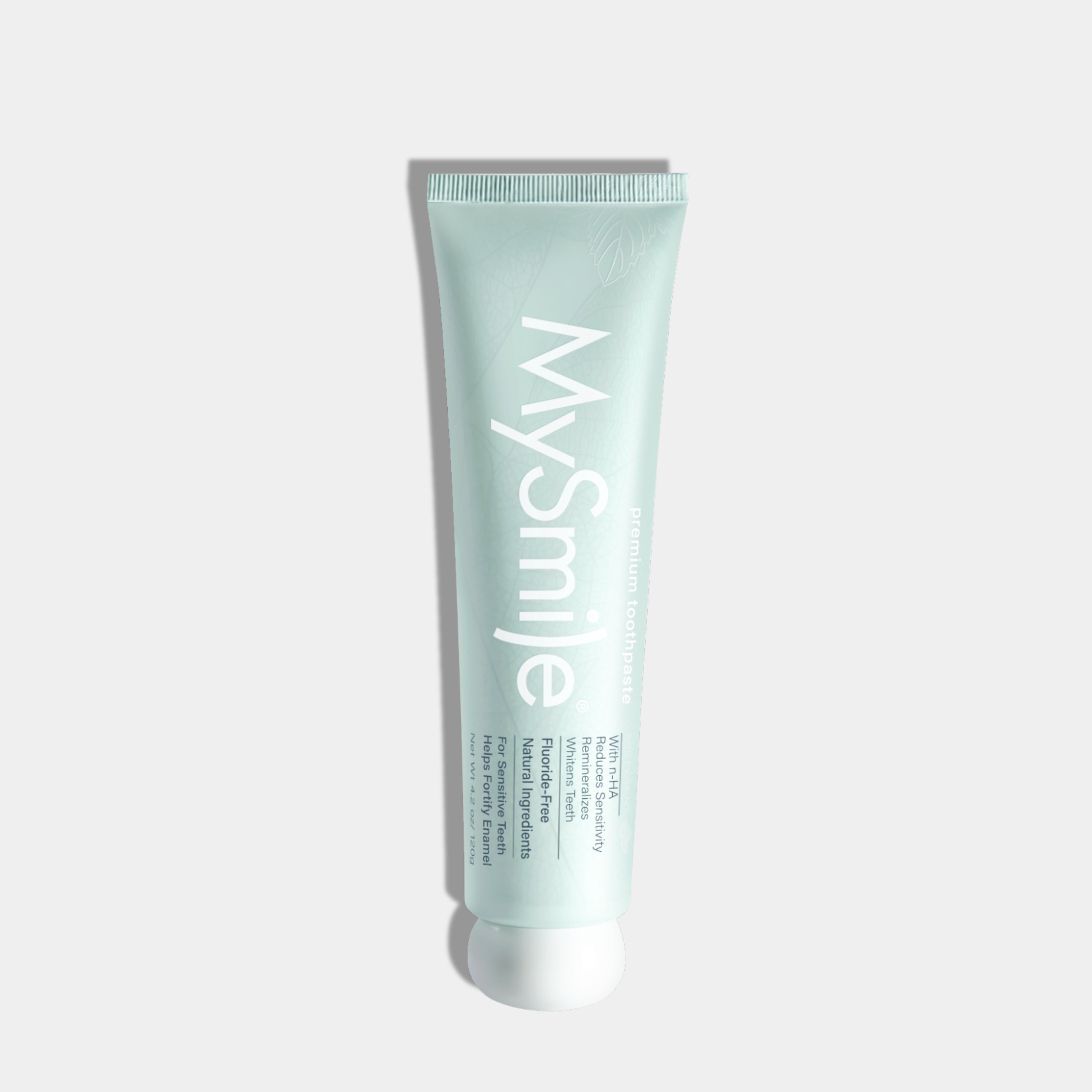A brighter smile often translates to confidence, and in the pursuit of pearly whites, teeth whitening strips have surged in popularity as a convenient and effective method. But before you strip your way to a Hollywood-worthy grin, it's important to understand the intricacies and nuances of this at-home dental care solution.
Teeth whitening strips have revolutionized home dental care, making it simpler for people to tackle dull, yellowing teeth. This method is less invasive and costly than professional dental whitening procedures, yet it yields significant results with consistent use.
In this in-depth exploration, we'll unveil the science behind teeth whitening strips, the application process, expected results, and much more. Whether you are a dental care enthusiast aiming to perfect your smile or a casual reader intrigued by beauty trends, this comprehensive guide is tailored just for you.
Understanding Teeth Discoloration
Before diving into the world of teeth whitening, we must comprehend what brings on dental discoloration. Teeth can be discolored by stains on the surface or by changes inside the tooth itself. Whitening toothpaste and over-the-counter bleaching products can manage some stains, whereas deeper ones require interventions like dental opalescence or veneers.
Surface Stains
Surface stains, also termed 'extrinsic stains', are discolorations that affect the tooth's enamel—the top, outermost layer of the tooth. These can be caused by:
- Foods and beverages, like coffee, tea, red wine, and certain fruits.
- Tobacco use leads to persistent stains.
- Poor dental hygiene leaves debris that can harden into tartar, a yellowish substance.
- Aging, where the enamel gets thinner over time, allows dentin, the tooth's underlying material, to show through and appear yellow.
Internal Stains
'Intrinsic stains' are those that form inside the tooth and can be caused by:
- Trauma, for instance, a hit to the mouth can disturb the enamel and expose the dentin.
- Overexposure to fluoride during early childhood.
- Tetracycline is used during the second half of pregnancy.
- Ingesting excessive amounts of fluoride.
The Mechanics of Whitening Strips
Teeth whitening strips are flexible pieces of polyethylene that are impregnated with a thin film of hydrogen peroxide or carbamide peroxide, which are essentially bleach. The purpose of these chemicals is to break down the molecules causing discoloration, hence lightening their shade.
How do They Work?
Whitening strips are usually applied for a specific period each day, over two weeks. During this time, hydroxyl radicals penetrate the enamel of the teeth, breaking down the stains at a molecular level. The end results can make teeth up to nine shades whiter from where they started, though individual results will vary.
The Application Process
The application process can seem straightforward, but there are intricacies that, if overlooked, might diminish the effectiveness of the strips.
- Preparation: Start with clean, dry teeth. Brush and floss before applying the strips, as this will allow the gel to make better contact with the surface of your teeth.
- Application: Carefully apply the strips, ensuring they conform to the teeth's natural curvature and cover the intended areas.
- Wait: Leave the strips on for the prescribed amount of time. This is typically anywhere from 30 minutes to an hour, once a day.
- Rinse and Brush: After removing the strips, rinse your mouth and discard the strips. It's recommended not to eat, drink, or smoke for the next 30 minutes.
Always follow the manufacturer's instructions for the safest and best results.
The Upside of Whitening Strips
The benefits of using teeth whitening strips go beyond their simplicity. Let's delve into why they have won the hearts of many.
Convenience
Arguably the most significant advantage of whitening strips is their convenience. You can use them at home, on the go, and during various activities. This at-home teeth whitening method does not require a visit to the dentist and can be done at a time that suits you best.
Cost-Effectiveness
Professional dental whitening procedures come with a hefty price tag. Whitening strips offer a less costly alternative, particularly for those with mild to moderate teeth staining.
Minimal Discomfort
Unlike some dental procedures that can cause discomfort or sensitivity, whitening strips, when used correctly, should not be painful. They provide a mild and controlled amount of whitening agent to avoid undue strain on your teeth and gums.
The Caveats and Considerations
With all the convenience and benefits of whitening strips, there are still some caveats to keep in mind.
Potential Tooth Sensitivity
Some users experience increased tooth sensitivity after using teeth whitening strips. This sensitivity is often transient and can be managed with over-the-counter pain relievers or by using toothpaste aimed at sensitive teeth.
Not a One-Size-Fits-All Solution
The effectiveness of teeth whitening strips often depends on the degree of staining, the quality of the product, and the adherence to the application process. Those with significant discoloration may not achieve their desired results without professional treatment.
Overuse and Damage
Use whitening strips as directed. Overuse of these products can lead to the deterioration of tooth enamel, causing the teeth to become translucent and even a blue tint in the long run. More is not always better, especially when it comes to teeth.
Making the Most of Teeth Whitening Strips
For those who opt to use teeth whitening strips, there are specific tips for maximizing the results and maintaining the whiteness.
Maintain Good Oral Hygiene
Even before you start using whitening strips, maintaining good oral hygiene is key. This means regular brushing (at least twice a day), flossing, and consistent dental check-ups.
Adjust Your Habits
To keep your teeth as white as possible, you may need to adjust your habits. This could include reducing the consumption of staining foods and drinks or quitting smoking, which has a notorious reputation for staining teeth.
Top-Up Treatments
After completing the initial whitening program, it may be necessary to perform top-up treatments periodically. This can range from once a week to once a month, depending on the individual and their habits.
Realistic Expectations
It's crucial to approach teeth whitening with realistic expectations. The aim should not be to attain stark unnaturally white teeth but to achieve a color that looks healthy and natural.
Gradual Change
Teeth whitening is a gradual process, and the change in color is incremental. It may take the full two-week regimen with whitening strips to notice a significant difference.
Not Universal
Keep in mind that everyone's enamel is different, so whitening results will vary from person to person. Genetics play a role in the color of your teeth, so you may not be able to attain the same level of white as someone else, no matter how much you whiten your teeth.
Conclusion
Teeth whitening strips have indeed carved a comfortable niche in personal dental care. They offer an efficient, affordable, and accessible way to brighten your smile. However, their success hinges directly on your commitment to the application process and your dental history.
Always consult your dentist before embarking on any teeth whitening regime, especially if you have a history of dental issues or if you're opting for teeth whitening for the first time. Remember, the health of your teeth and gums is as important as their appearance.
In the eternal quest for that radiant smile, teeth-whitening strips can be your trusted sidekick. But like all beauty regimens, balance, knowledge, and informed choice lead to the best outcomes. Use them wisely, don't rush the process, and always prioritize the health of your teeth. Your smile, after all, is one of a kind.















